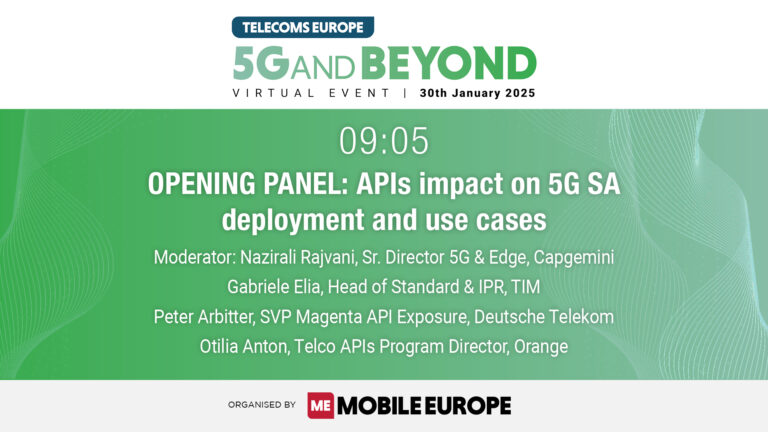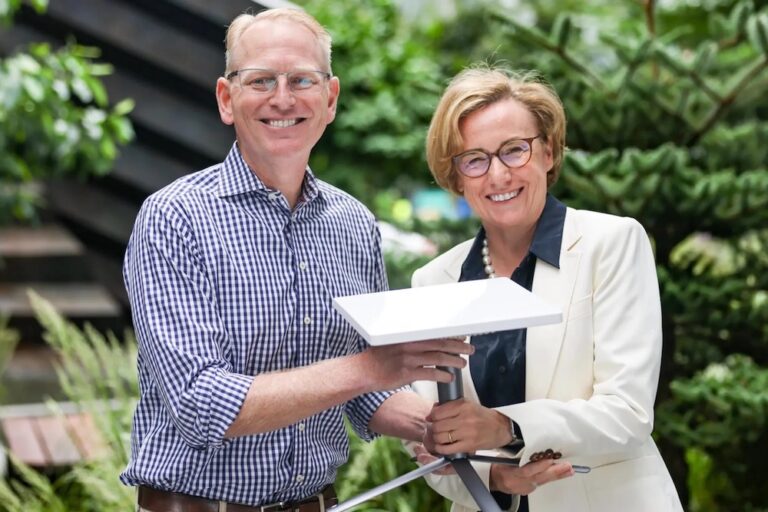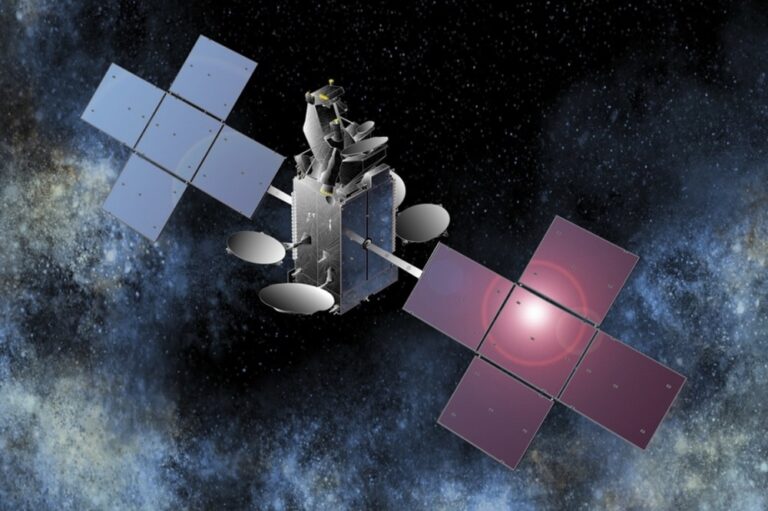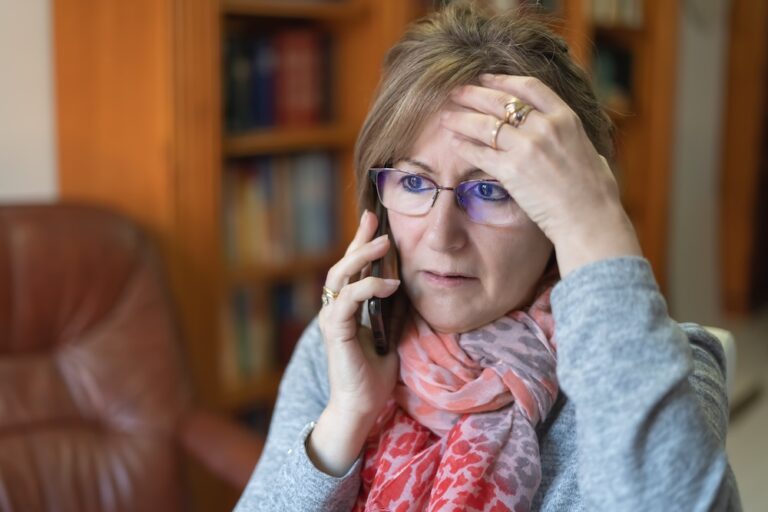With 2G and 3G switching off, MVNOs need a smooth path to VoLTE but say handset makers are only doing it in exchange for operators advertising and selling their devices
When 2G and 3G were standardised in Europe, essentially any phone bought in any country would work, even with new chipsets and firmware. Europe worked hard to make this happen, led by the likes of ETSI. However, as these venerable networks are closed down, a sizeable problem is emerging on 4G voice services and specifically, VoLTE. Despite earning an acronym, it is not a standard so there are no guidelines on how to implement across operator networks.
This is causing all manner of unintended consequences as operators and handset manufacturers have developed an array of network and handset specific options as each interpret the settings differently. The differences caused so much angst in Australia during its recent 3G phase out that the regulator decided to tell telcos there to block any model they haven’t certified, based on IMEI. Given the fact that Aussie operators aren’t obliged to support phones that work on the other two networks, a huge list of “foreign” handsets became unusable for emergency calls in Australia – mainly because these would fall back to 3G because VoLTE is…hard.
The is a global problem, too. For example, European citizens travelling in the United States may not currently be offered a voice service from their home network provider’s roaming partners there. This means that they will be unable to make any voice call, including a voice call to 911 emergency services. The problem is due to an interoperability issue between end-user handsets and visited networks impacting the availability of VoLTE.
MVNO dilemma
The estimable BandaAncha recently highlighted how the current VoLTE relationship between handset manufacturers like Apple and Samsung and the big mobile operators could leave MVNOs struggling to fulfil regulatory obligations, let alone customer needs over 4G voice services. The Spanish competitive operator association the National Association of Telecommunications and Internet Services Operators (AOTEC) and MVNO Aire Networks have asked BEREC to ask the authorities to intervene to force the main mobile phone manufacturers and the large operators with their own networks to guarantee that their MVNOs have access to VoLTE calls.
According to the report, VoLTE requires that the mobile phone be configured with the IMS profile and Access Point Name (APN) of the operator in question. But since each operator has a different configuration, it is necessary for the operator to come to an agreement with the manufacturer of the mobile phone or the operating system for the terminal make it work. This process, which should be simple, is turning out to be a nightmare for MVNO users.
In a submission to BEREC’s consultation, AOTEC and Aire directly point out the beneficiaries. Major mobile brands and major operators would be benefiting from an agreement that leaves out MVNOs. Apple and Samsung would be using their dominant position to require operators who want to make their VoLTE compatible with their terminals to make commercial commitments regarding sales volumes for their products.
They explain the problem. Mobile devices must meet certain technical requirements in order to use the VoLTE service. These requirements include support for the communication protocol used (IMS), as well as for the radio frequencies used by the network. However, even when these circumstances occur in the equipment, the same VoLTE-compatible device may only work with some mobile communication operators and not with others, due to the specific network configuration required for each operator.
Device manufacturers must ensure that they meet each carrier’s requirements for their devices to work on their respective networks. This may include specific software and hardware configurations, as well as device certification. If a device does not meet these requirements, it will not work with that particular carrier. When it comes to software, device manufacturers must ensure that they comply with the specifications and requirements of each mobile communications operator. This can include specific settings such as APN (Access Point Name) settings. Carriers often have different APN settings and manufacturers need to make sure their devices are configured correctly for each one.
Mutually exclusive
To solve all this, manufacturers with a significant market share (such as Apple or Samsung) negotiate these configurations with the operators. The manufacturers do it in exchange for the operators to advertise and sell a significant number of their terminals. In practice, this circumstance means that only large operators, specifically network operators, can access these benefits from equipment manufacturers. No MVNO in the world (either large or small) has managed to resolve the problem in these manufacturers.
This circumstance, they argue, is putting MVNOs against the ropes, regardless of their host operator. These two manufacturers do not even go so far as to make concrete economic proposals to the MVNOs to resolve the issue.
The disappearance of the 3G network does not theoretically prevent the provision of voice service, since if there is no 3G, LTE can work in 2G. However, the coverage and capacity of the 2G mobile network is lower than that of 3G. This circumstance seriously affects the EU’s market 15, since the MVNOs see how they cannot provide their voice services always and everywhere and logically they lose unsatisfied customers.
According to AOTEC and Aire, there are only two solutions to prevent the progressive shutdown of 2G and 3G networks from affecting both MVNOs and their customers: a) either the large mobile phone manufacturers are forced to guarantee the configuration of the MVNOs’ phones, b) either host operators are required to include their own MVNOs in negotiations with equipment manufacturers when it comes to guaranteeing the correct operation of VoLTE devices in all cases.
AOTEC has told BEREC it believes that the most effective solution is the second. In other words, involve the host operator. If that doesn’t happen, Europe will need to look at places like Australia where 3 months on from the closure, lead operator has had to open a customer helpline last week to deal with the rising number of customers complaining about the impact of the 3G cut-off.













